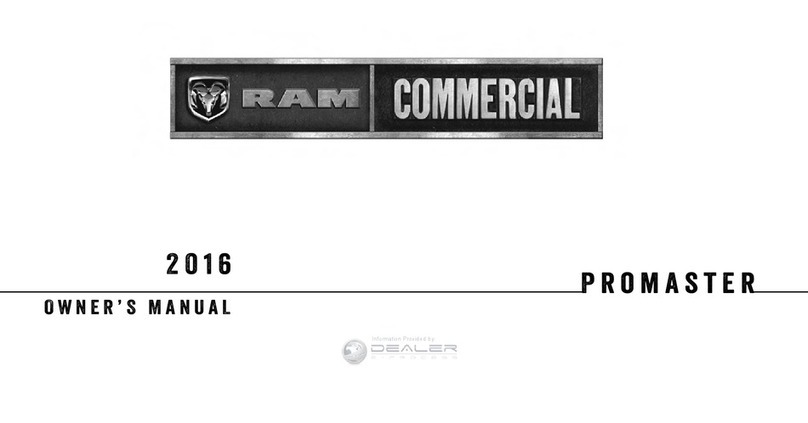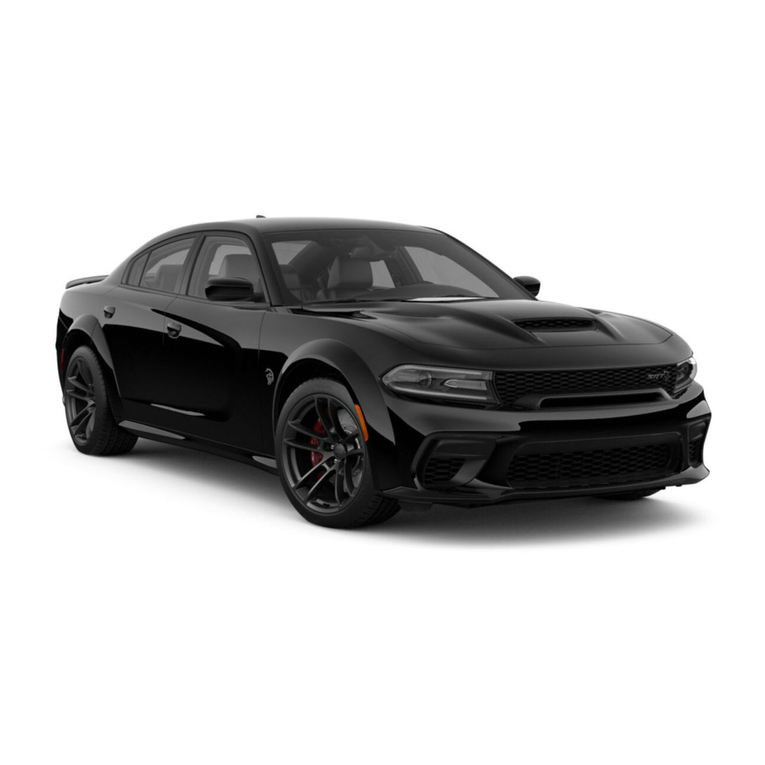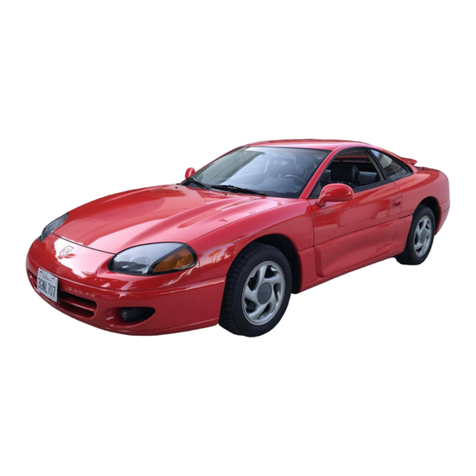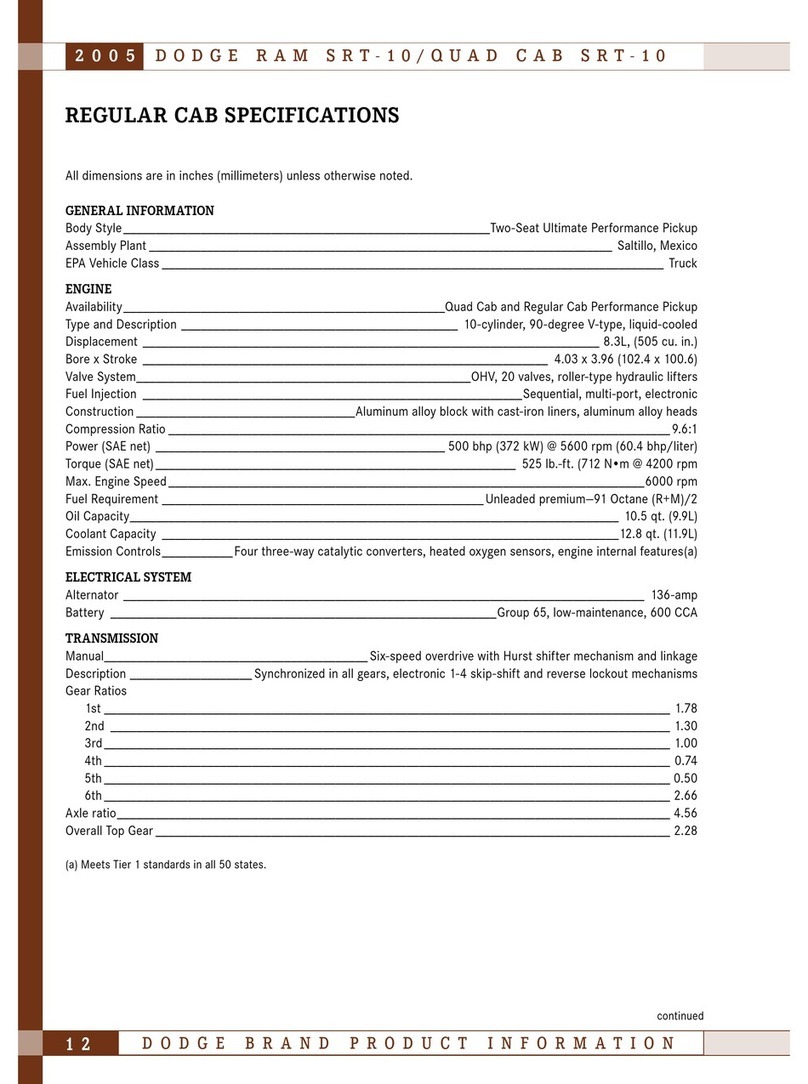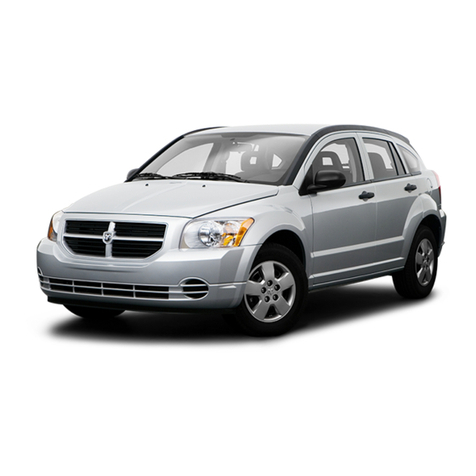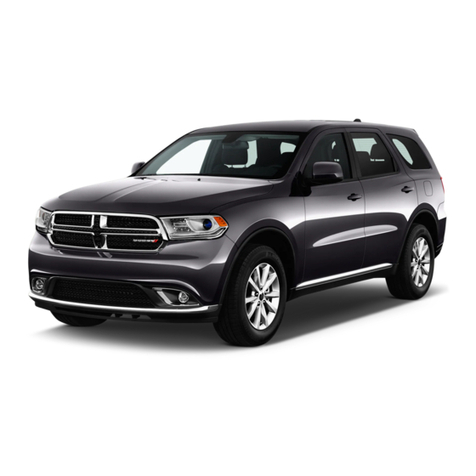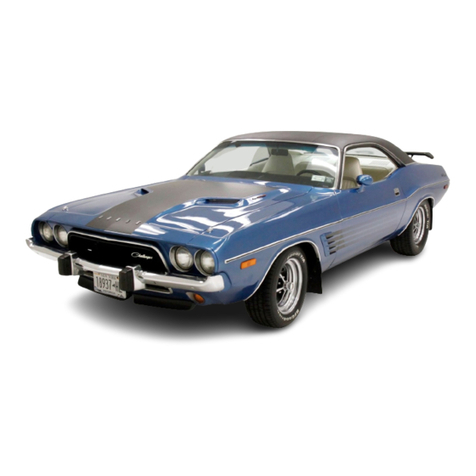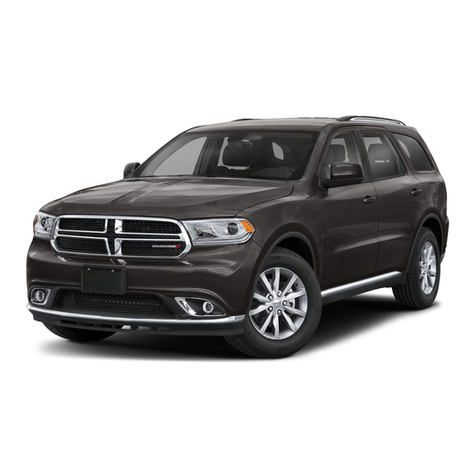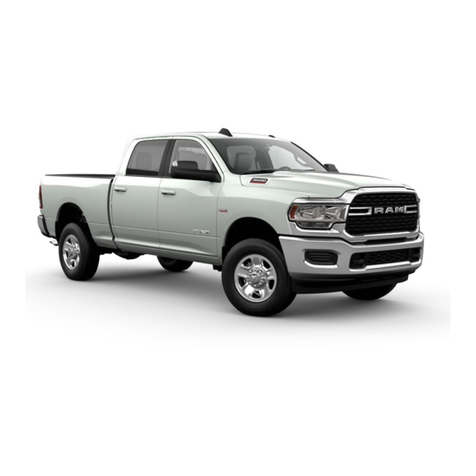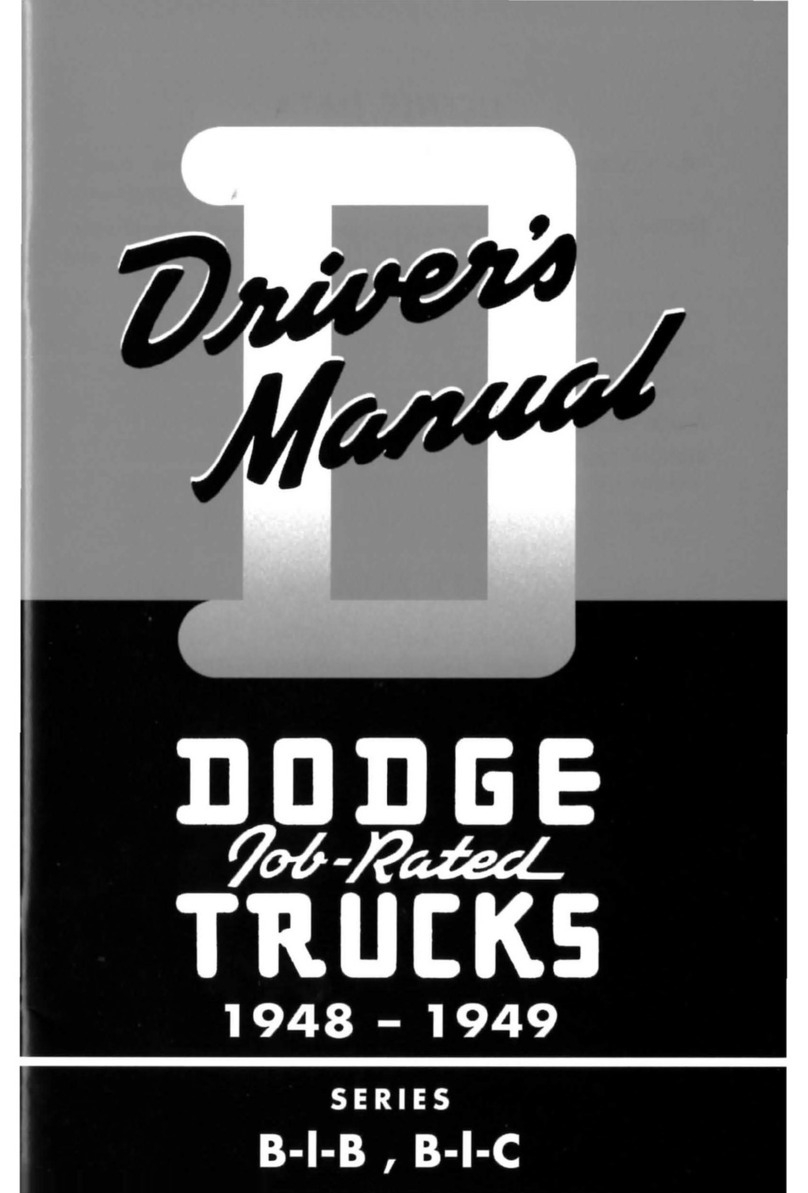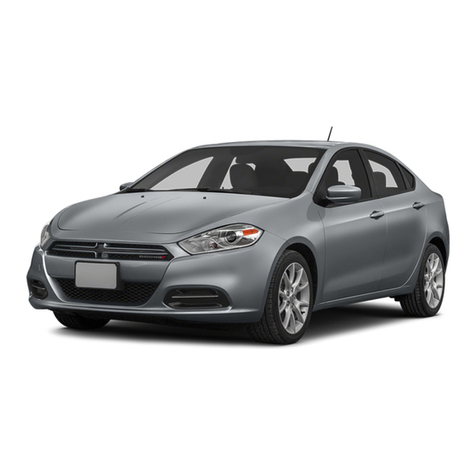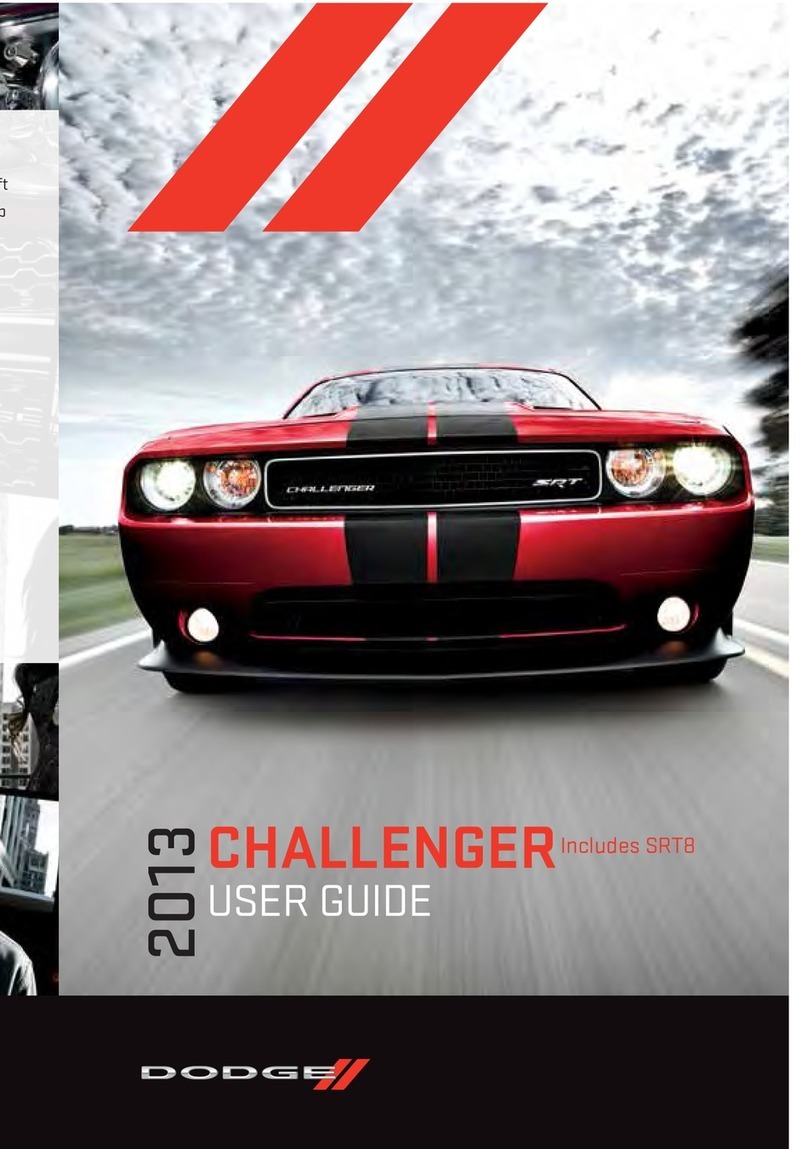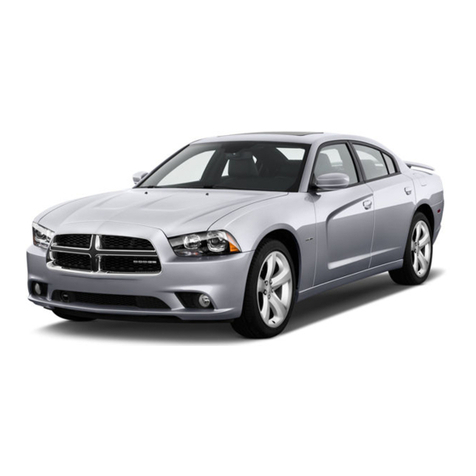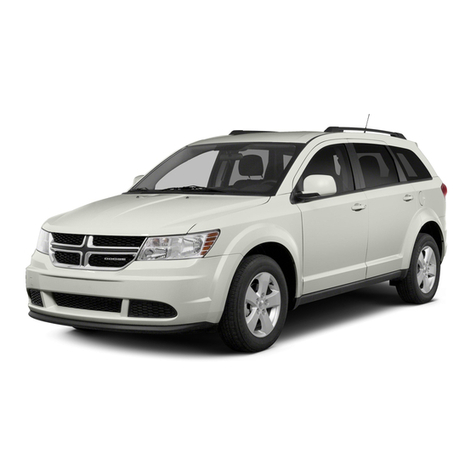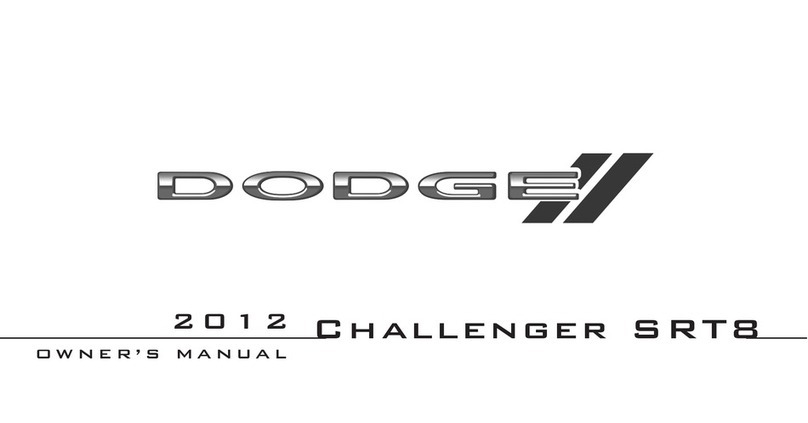
CONTENTS
Section
I
"agel
Operation
of
Car
. . . . . . . . . . . . . . . . . . . . . . . . . . .
.......
.
...
.
....
. .3-11
(The
instruments
and
controls-pointers
on
good
driving)
Section
"
Care
and
Maintenance
. . . . . . . . . . .
.....
.
.........
.
....
.
...
.
..
. .
12-26
(Suggestions
of
care
of
car-Minor
maintenance
operations
-
Lubrication)
Section
",
Mechanical
Information
. . . . . . . . . . . . . . . . . . . .
..
.
......
.
.....
27-35
(Operating
principles-Adjustments
-
Trouble
Diagnosis
-
Adjustment
Reference)
Section
IV
Accessories
. . . . . . . . . . . . . . . . . . . . . . . . . . . . . .
..
. . .
..
.........
....
36-39
A
LITTLE
CARE
GOES A
LONG,
LONG
WAYI
Operate
cold
engine
under
a
light
lo
ad
until
normal
running
temperatur
e
is
reached
.
Check
the
engine
oil
each
time
you
stop
for fuel.
Lubricate
chassis
every
1,000
miles
. (See
pages
22, 23,
and
24.)
Change
the
oil
regularly
.
(See
page
21.)
Check
air
pressure
in
tires
every
week.
Inspect
battery
frequently
and
keep
water
at
proper
level.
Check
transmission
and
rear
axle
lubricant
level
every
1,000
miles
.
Service
carburetor
air
cleaner
and
oil
filler
cap
air
cleaner
every
1,000
miles
under
normal
conditions
.
Servicing
should
be
done
more
frequently
if
the
car
is
operated
over
dusty
roads
or
through
dust
storms.
Change
the
oil
filter
element
every
8,000
miles
of
normal
operation.
In
dusty
areas,
or
under
dusty
driving
conditions,
change
filter
element
whenever
oil
appears
excessively
dirty
.
Drain
and
refill
the
transmission
every
10,000
miles
and
the
rear
axle
every
15,000
miles
.
Flush
cooling
system,
by
forced
reverse
flow
before
filling
with
anti
-
freeze
in
fall
and
after
draining
it
in
spring.
Treat
cooling
system
with
Rust
Resistor
when
anti-freeze
is
not
used
.
Keep
the
brakes
in
adjustment
and
sufficient
brake
fluid
in
the
master
cylinder
.
~--------------------------------~I
I
2
Section I
Operation
of
Car
INSTRUMENTS
. AND
CONTROLS
The
instrument
panel
carries
all
of
the
instruments
and
the
finger
tip
controls
.
The
instruments
tell
you
what's
going
on
inside
of
your
car
-
glance
at
them
occasionally
as
you
drive
along
.
TEMPERATURE
GAUGE-
Indicates
the
approximate
temperature
of
engine
cooling
liquid
.
Should
the
coolant
actually
boil
or
consis
-
tently
cause
indicator
readings
in
the
"Red
"
space
of
the
indicator
-
see
your
Dodge
Dealer
for
a cool-
ing
system
check
.
Normal
tem
-
peratures
in
hot
weather
will
be
from
175°
to
195°.
FUEL
GAUGE-
The
fuel
gauge
on
your
Dodge
indicates
the
amount
of
fuel
in
the
supply
tank
after
the
ignition
switch
has
been
turned
on
long
enough
fOT
the
thermostat
in
the
gauge
to
become
heated
so
it
can
function
.
When
the
switch
is
turned
off,
and
the
thermostat
has
cooled,
the
gauge
hand
will
return
to
the
empty
position.
OIL
PRESSURE
GAUGE-Indicates
engine
oil
pressure
.
It
should
register
a
pressure
of
30
to
45
lbs
.
at
car
speeds
above
30
miles
per
hour
in
high
gear
.
AMMETER
-
Indicates
flow
of
electric
current
to
and
from
the
battery
.
While
driving
the
car,
the
ammeter
may
gradually
approach
zero
.
This
indicates
that
the
battery
requires
less
current
at
that
time
and
the
voltage
control
unit
is
prevent
i
ng
over
-
charging
.
The
ammeter
should
not
show
more
than
a
10-ampere
charge
above
30
miles
per
hour
after
the
first
30
minutes
of
con
-
tinuous
driving
.
If
more
than
10
amperes
are
registered
with
a
battery
gravity
of
1.275
or
higher,
the
regulator
should
be
checked
by
your
Dodge
dealer.
HEATER
TEMPERATURE
BUTTON
(special
equipment)
-
When
the
temperature
control
button
is
pushed
in
dose
to
the
instrument
panel,
mi
nimum
heat
is
available
.
When
the
control
button
is
pulled
outward
to
the
limit
of
its
travel,
a
valve
is
opened,
permitting
3
